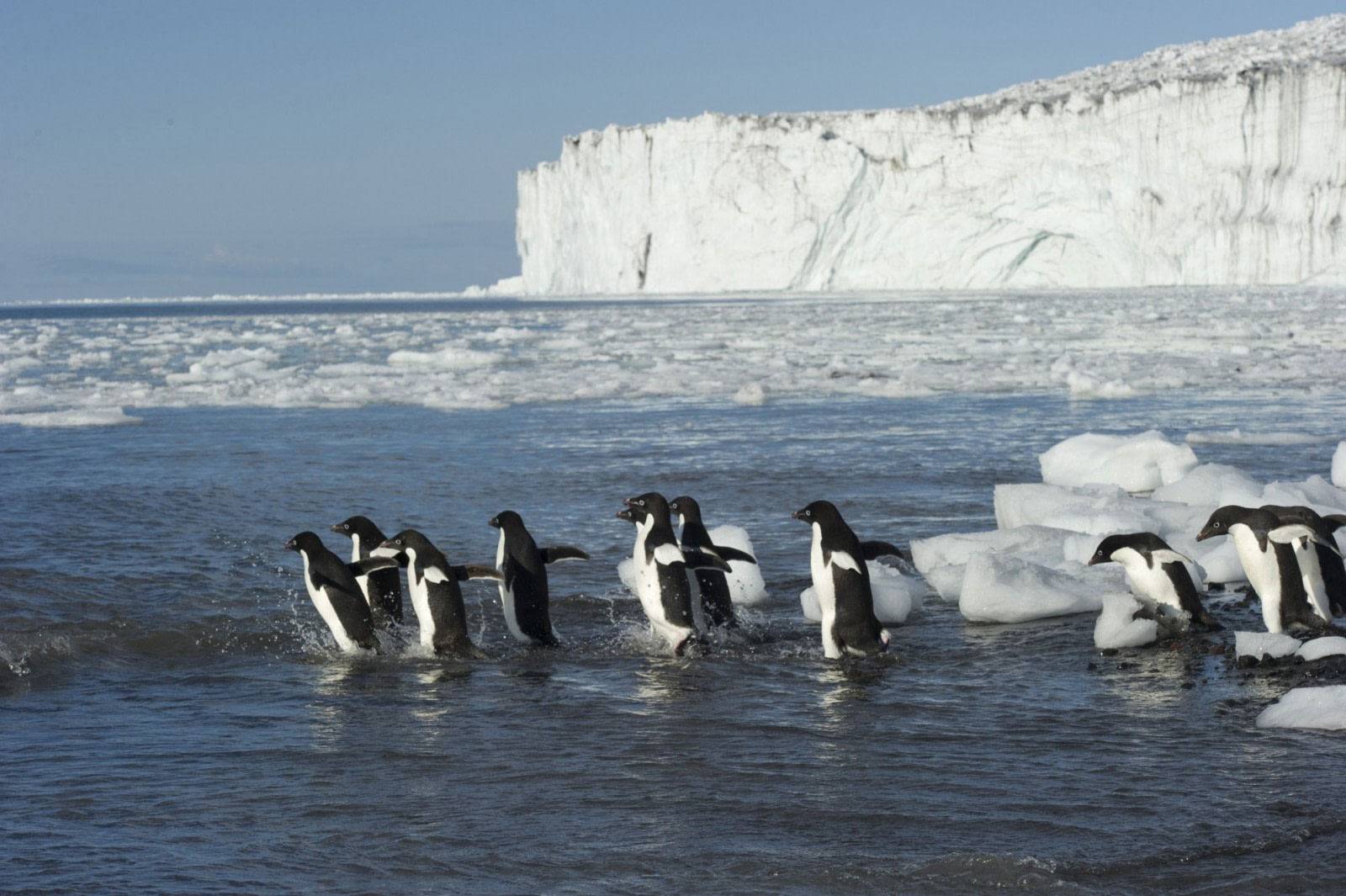Oceanwide Expeditions' statement on Marine Protected Areas in Antarctica
Vlissingen, the Netherlands, December 2016 -- Oceanwide Expeditions welcomes the adoption of the Ross Sea region marine protected area adopted by the Commission for the Conservation of Antarctic Marine Living Resources (CCAMLR) in its XXXV meeting in October 2016. Oceanwide Expeditions is very supportive of MPAs in the Southern Ocean surrounding Antarctica, and wants to continue visiting the essential parts of this region and show these to its passengers. Oceanwide Expeditions believes in the combination of enjoying nature and protection.
Oceanwide Expeditions prides itself on organising high quality polar excursions, with our ships taking hundreds of tourists to the Antarctic each year to experience the Antarctic continent, its ice shelves and islands, and the magnificent Southern Ocean that surrounds it.
As a funding member of the International Association of Antarctica Tour Operators (IAATO), Oceanwide Expeditions takes seriously its commitment to advocate and promote the practice of safe and environmentally responsible private-sector travel to the Antarctic. Oceanwide Expeditions is deeply committed to protecting this region so that tourists are able to experience this wilderness area for generations to come.
Tourism contributes as a mechanism to drive conservation on a large scale by exposing individuals to the Antarctic environment to witness the beauty of the region, and enable them to become ambassadors for the Antarctic pristine nature.
In 2009, CCAMLR committed to designating a network of large-scale marine protected areas MPAs in Antarctic waters. As part of a systematic conservation planning strategy, in 2011 the Convention Area was divided into nine planning domains for MPA development. After initial progress, discussions to create two large marine protected areas in the Ross Sea and in East Antarctica were in virtual gridlock since 2012. This changed dramatically in October 2016 when the Ross Sea region marine protected area was adopted with the consensus of all 25 Members of the CCAMLR. This protected the first of the nine domains with an area of over 1.5 million square kilometres - the largest marine protected area in the world to date.
This is only the beginning, as other MPA proposals for the Southern Ocean are in various stages of development. In September 2016 the IUCN held its World Conservation Congress in Hawaii with many positive developments for marine protection, including a Resolution encouraging increasing the percentage of marine areas in highly protected MPAs to at least 30% by 2030.[i]
MPAs contribute to protect unique and representative habitats and ecosystems; serve as reference areas for science including climate change science; and contribute to building resilience in the face of global climate change. Well managed MPAs, including no-take zones, also help to ensure the sustainability of fisheries. Furthermore, by maintaining a healthy ecosystem MPAs also contribute to the wilderness experience that is the basis of Antarctic tourism and the driver of the tourist-as-ambassador concept.
As one of the responsible users of the Southern Ocean, Oceanwide Expeditions look forward to the entry into force of the Ross Sea region marine protected area in 2017 and the adoption of further MPAs in the CCAMLR area until completing the ring of MPAs in the region.
We encourage CCAMLR Member state governments to continue the process of establishing a network of permanent protected areas in the Southern Ocean.[ii] Many Antarctic Treaty states and CCAMLR members have designated marine protected areas in their own waters, so that this is not a concept new to them.
We encourage also other members of IAATO and IAATO itself to engage in supporting a complete ring of MPAs around Antarctica.
We would also support the protection of marine areas in the Arctic and outside the polar regions, such as in the temperate and tropical Atlantic Ocean, and of taking initiatives towards effectively preventing the spread of plastic and other waste in the world's ocean.
[i] WCC-2016-Res-050 Increasing marine protected area coverage for effective marine biodiversity conservation. " The World Conservation Congress, at its session in Hawai‘i, United States of America, 1-10 September 2016... ENCOURAGES IUCN State and Government Agency Members to designate and implement at least 30% of each marine habitat in a network of highly protected MPAs and other effective area based conservation measures, with the ultimate aim of creating a fully sustainable ocean, at least 30% of which has no extractive activities, subject to the rights of indigenous peoples and local communities." https://portals.iucn.org/library/sites/library/files/documents/IUCN-WCC-6th-005.pdf pp. 118-119.
[ii] In 2009 CCAMLR set itself the target of 2012 to achieve a representative system of MPAs within the Convention Area. Concurrently, CCAMLR adopted the South Orkney Islands Southern Shelf MPA (CM 91-03, 2009), the first high seas MPA worldwide, and subsequently in 2011 a General Framework for the Establishment of CCAMLR MPAs (CM 91-04, 2011). As part of a systematic conservation planning strategy, in 2011 the Convention Area was divided into nine planning domains.

